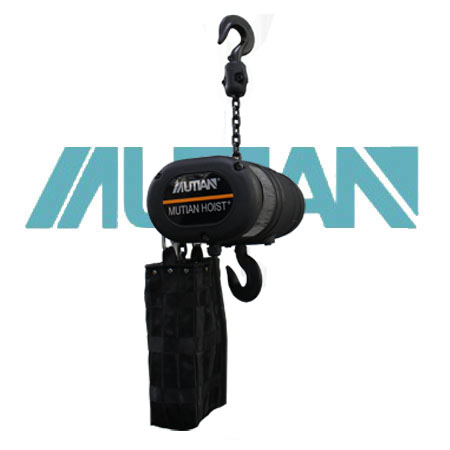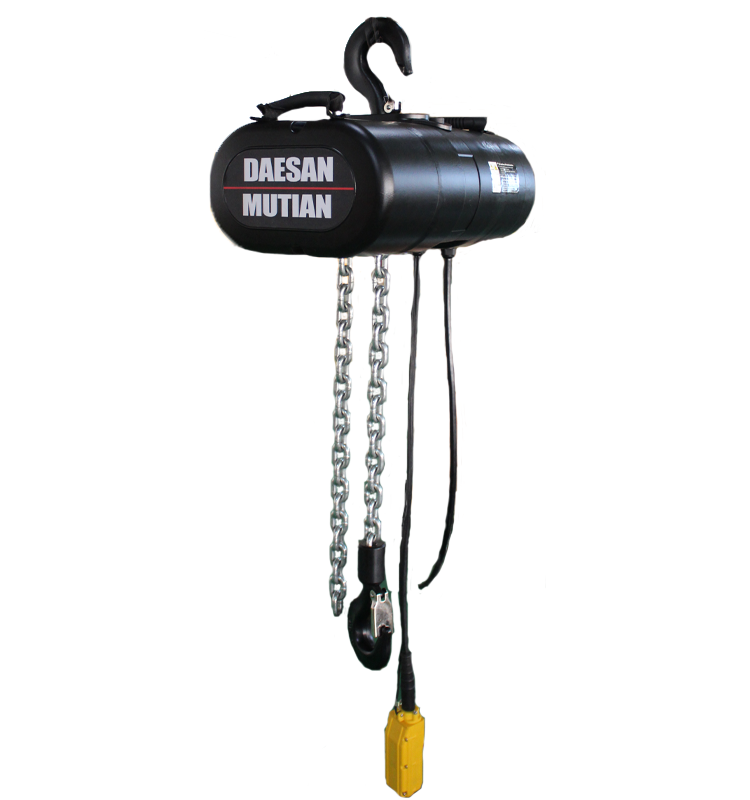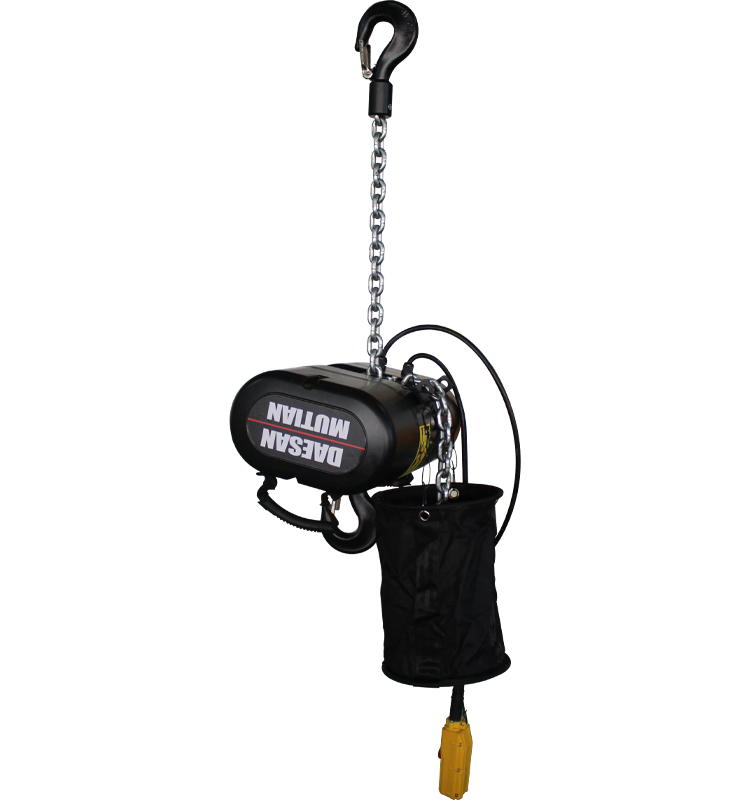 中文版
中文版



Welcome to contact us by phone:0086-0312-7969888
The internal structure of a stage truss electric hoist may vary slightly among different models and manufacturers, but it generally consists of several key components that work together to facilitate the lifting and lowering of loads. Here are the primary internal components you might find in a typical stage truss electric hoist:
Electric Motor:
The electric motor is a fundamental component that provides the power to drive the hoist. It converts electrical energy into mechanical energy to move the load.
Gearbox:
The gearbox is responsible for transmitting power from the motor to the hoist mechanism. It may contain a set of gears to adjust the speed and torque for efficient lifting.
Brake System:
A brake system is crucial for holding the load in place when the hoist is not actively lifting or lowering. It prevents the load from slipping or falling unintentionally.
Drum or Chain Wheel:
The drum or chain wheel is where the lifting medium (such as a wire rope or chain) is wound. As the drum rotates, it raises or lowers the load.
Wire Rope or Chain:
The wire rope or chain is the lifting medium that connects to the load. The drum winds or unwinds the rope or chain to move the load vertically.
Load Hook:
The load hook is attached to the end of the wire rope or chain and is used to secure and lift the load. It may have safety latches or other features to prevent accidental detachment of the load.
Limit Switches:
Limit switches are safety features that control the upper and lower travel limits of the hoist. They help prevent overtravel in both directions, ensuring that the load doesn't go beyond the specified limits.
Control Panel:
The control panel contains the electrical controls for operating the hoist. It typically includes buttons or a pendant control for lifting, lowering, and stopping the hoist.
Overload Protection:
Some hoists are equipped with overload protection systems to prevent the hoist from lifting loads beyond its rated capacity. This is a safety feature that helps protect the hoist and the load.
Emergency Stop:
An emergency stop button is often included for immediate halting of hoist operations in case of an emergency or when a safety hazard is detected.
Housing and Frame:
The housing and frame enclose and protect the internal components of the hoist. They provide structural support and contribute to the overall durability of the hoist.
It's important to note that these components work in concert to ensure safe and reliable operation. Regular maintenance, inspections, and adherence to manufacturer guidelines are essential to prolong the lifespan of the stage truss electric hoist and maintain its safety and performance. Additionally, specific features and designs may vary, so consulting the manufacturer's documentation for a particular hoist model is recommended.


X